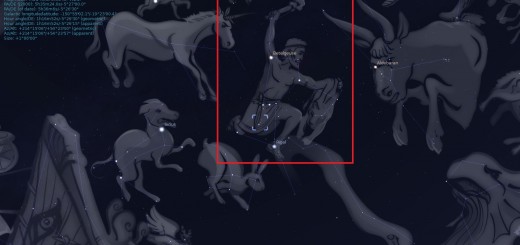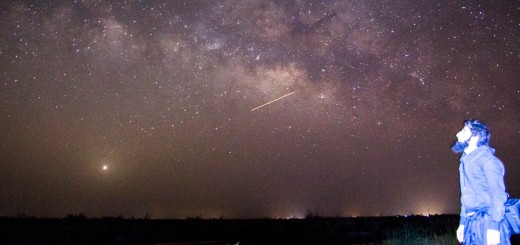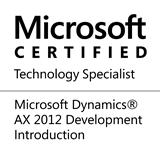Welcome Comet ISON C/2012 S1 to the Solar System
Comet ISON (C/2012 S1) known to be the Comet of the century, discovered by Russian astronomers Vitali Nevski and Artyom Novichonok in September 2012 is the one we are hearing since a few months. But before we get into the observation and other technical details, let me explain what is a comet.
What is Comet?
From the simplest definitions taken from Wikipedia,
“A comet is an icy small Solar System body that, when passing close to the Sun, displays a visible atmosphere or coma and sometimes also a tail. These phenomena are due to the effects of solar radiation and the solar wind upon the nucleus of the comet. Comet nuclei range from a few hundred metres to tens of kilometres across and are composed of loose collections of ice, dust, and small rocky particles. Comets have been observed and recorded since ancient times by many different cultures.”
How a Comet looks like?

NASA’s Hubble Space Telescope provides a close-up look of Comet ISON (C/2012 S1), as photographed on April 10, when the comet was slightly closer than Jupiter’s orbit at a distance of 386 million miles from the sun. Credit:NASA, ESA, J.-Y. Li (Planetary Science Institute), and the Hubble Comet ISON Imaging Science Team.
A few things you want to know about Comet ISON
A Sungrazer Comet
Comet ISON belongs to the class of Comet known as Sungrazing comets and by this they mean that relatively close to our Sun
Brightest Comet
ISON has a nucleus of about 3 to 4 miles with comet’s head (coma) is approximately 3, 100 miles across. In November 2013, ISON will be closed to the Earth according to scientists and will be the brightest comet of the century. At some places you will hear that it will be as bright as Full Moon which is not true.
Visible from Pakistan too
After reading this article and after hearing the buzz about Comet ISON, many people ask question that is it visible from Pakistan or not. It will be visible from Pakistan in all areas if there are no clouds to block its view. Where to find and when to find is our next topic
Closest to the Sun in November 2013 and Visible to Naked Eye
Comet ISON will pass our Sun at a distance of 0.012AU classifying it as a Sungrazing Comet.
Comet ISON may bring Amazing Meteor Shower
If you want to know about Meteor Shower in easy words and what they look like, please follow this link. Comet brings Meteor shower as they leave dust in the atmosphere and the dust particles are then pulled by the Earth’s gravity once they are in the field of gravity of Earth. Comet ISON may bring amazing Meteor shower. It is not known where they will radiate from and by when it will be visible, but it is definitely a possibility. NASA discusses about it here.
Where to find Comet ISON in the Night Sky (Month-by-Month guide according to Pakistan)
Starting from November 2013, Comet ISON will be visible to telescopes and binoculars towards East in the morning sky near the constellation of Virgo. After 26th November 2013, it will start to leave us on the Eastern morning sky.
ISON-Saturn-Mercury
On 24th November 2013, if the skies are clear and you are lucky, ISON, Mercury and Saturn will make a good show on the morning Eastern horizon. Saturn and ISON will not be too bright so a long exposure shot may help.
Observing Comet ISON
Observing a Comet requires monitoring day to day progress, binoculars, telescope or a camera that can take long exposure shots. If you don’t have any of the equipment, you still have you eye and if the ISON is a Naked-eye object you can easily enjoy the naked-eye observation.
A word of caution
The comets are very unpredictable and scientists have said that the comet can break apart. It could not survive when reaching the Sun, so all are possibilities and we should be prepare and get ourselves ready for any pleasant and unpleasant surprises.





